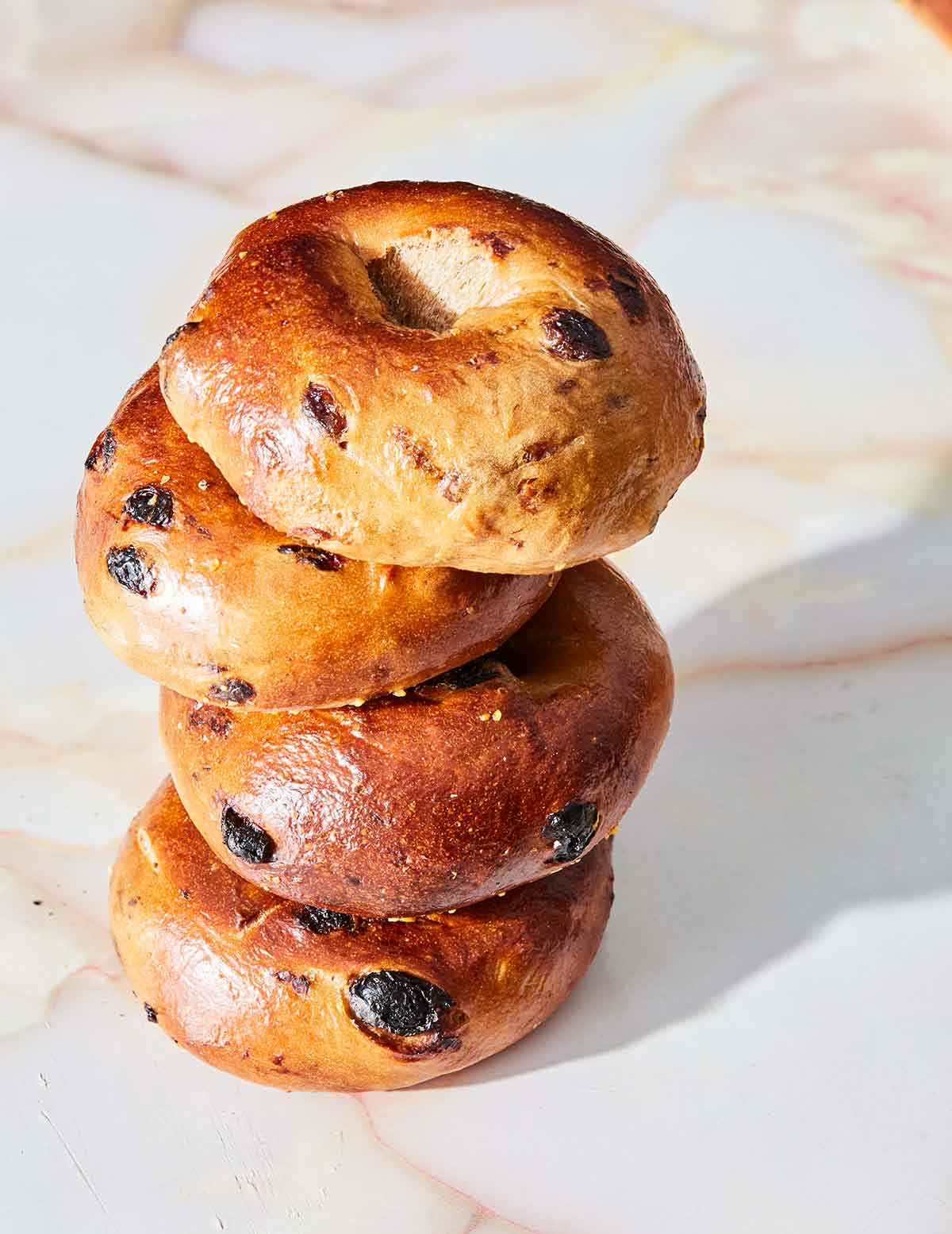
People who like a cinnamon raisin bagel will love this aromatic rendition. The dough is scented with cinnamon, nutmeg, and a hint of cocoa. The raisins are plump and distributed throughout. If your raisins are huge, chop them into smaller pieces.
For the raisin-averse, feel free to substitute other dried fruits—whole cherries and cranberries, or chopped figs, dates, apricots, or prunes, all work well by weight. Be aware of the timing, though—the sugar and fruit will supercharge the yeast, so these bagels are prone to over-proofing.–Cathy Barrow
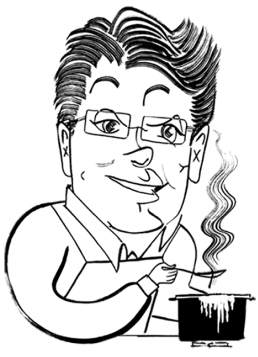
Why Our Testers Loved This
Our testers were delighted to be able to turn out bakery-quality homemade bagels in their own kitchens. They loved the warm spiced cinnamon flavor of the bagels and the plump, juicy raisins in the dough. All of our testers were pleased with the straightforward process that was easy enough for novice bagel and bread makers.
Daniela T. joined in with her comment, “This is one of the easiest, unfussiest bread recipes I’ve made, and the results were truly delicious! I’d recommend this recipe even to those who may be new to bread baking.”
Notes on ingredients
- Raisins–You can substitute other dried fruits, like dried cherries or cranberries, if you prefer.
- Bread flour–It’s necessary to use high-protein bread flour for making bagels. This gives them their signature dense and chewy texture.
- Barley malt syrup–This is traditionally used to sweeten bagel dough. You can substitute maple syrup or honey.
- Instant yeast–This allows your bagels to rise. You can substitute active dry yeast, but you must prove it before using it.
Step-by-step instructions
- Line a rimmed baking sheet with parchment and sprinkle with cornmeal.
- Drain the plumped raisins and pat dry, reserving the liquid. Sprinkle with the sugar and spices. Add enough water to the reserved raisin water to equal 1 cup.
- Combine the flour, water, barley malt syrup, salt, and yeast in a mixer and mix on low speed until there are no dry patches. Scrape down the sides of the bowl and mix on medium speed until the sides of the bowl are almost clean.
- Let the dough rest, covered, for 20 minutes.
- Add the raisin mixture to the dough and mix on low speed to combine. Continue mixing the dough until smooth.
- Knead the dough by hand briefly. Divide the dough into six pieces and shape it into bagels. Cover and chill overnight.
- Let the dough come to room temperature. Preheat the oven as high as it will go, and place a baking stone or baking steel inside. Remove the baking stone and place a piece of parchment on it.
- Boil the bagels in batches of two or three until slightly puffed. Place the bagels on the parchment-lined stone and transfer them to the oven.
- Bake at 450°F until golden brown and shiny. Cool before devouring.
Want to save this?
Common Questions
Starting with the first dough ball, form a 9-inch (23 cm) rope by rolling and pressing your flattened palms from the center of the dough outward. Keep the rope an even thickness and blunt throughout—avoid tapering the ends.
Next, form the rope into a ring by overlapping the ends and firmly pinching the seam. Place the bagel over four fingers and roll the dough at the seam forward and back along the counter, gently rotating the bagel without flattening, to tighten and smooth it.
Put the thumb and forefinger of each hand into the center hole and stretch the bagel out. It will bounce back as it sits, so a bigger center hole is a good thing at this point.
Yes. Try substituting an equal weight of dried cherries or cranberries or other dried fruit like apricots, figs, and dates. Be aware that the amount of sugar in the fruit can speed up the proofing of the dough, so watch it carefully to avoid over-proofing.
There are a couple of reasons to boil bagels before baking them. The boiling process gives the bagels their shine as the starch in the dough is gelatinized. When boiled briefly, the dough’s outer layer is cooked, allowing the bagels to hold their shape during baking.
Pro tips & troubleshooting
- The bagel dough is very stiff and can cause your mixer to become unbalanced and start hopping on your countertop. To avoid this, place the mixer on a non-skid surface or slip a grippy placemat under the mixer before kneading.
- If your mixer is not strong, or you are concerned about overworking the motor, you can knead the bagel dough by hand.
- If you use a baking steel to cook the bagels, check them early, as they tend to cook faster on steel.
- The bagels can be stored in a bag at room temperature for up to 3 days or frozen for up to 3 months.
Write a review
If you make this recipe, or any dish on LC, consider leaving a review, a star rating, and your best photo in the comments below. I love hearing from you.–David

Cinnamon Raisin Bagels
Ingredients
- 3 tablespoons cornmeal, for dusting
- 1/3 cup seedless raisins (golden or dark), plumped for 5 minutes in boiling water to cover
- 2 tablespoons granulated sugar
- 1 teaspoon ground cinnamon
- 1/2 teaspoon natural or Dutch-process cocoa powder
- 1/4 teaspoon grated nutmeg
- 3 1/2 cups bread flour
- 1 tablespoon barley malt syrup, maple syrup, or honey
- 1 1/2 teaspoons kosher salt
- 1 1/4 teaspoons instant yeast
Instructions
- Line a baking sheet with parchment paper and scatter the cornmeal evenly across the paper. Set aside.
- Strain the plumped raisins, reserving the liquid. Pat the raisins dry and place them in a small bowl. Sprinkle with the sugar, cinnamon, cocoa powder, and nutmeg.
- Add enough water to the reserved raisin water to measure 1 cup.
- Place the bowl of a stand mixer on a kitchen scale and tare the weight to zero. Measure in the flour, raisin water, barley malt syrup, salt, and yeast.
- Place the bowl back on the mixer and fit it with the dough hook. On low speed, mix the ingredients together until there are no dry patches of flour showing, about 4 minutes.
- Stop to scrape down the sides of the bowl and increase the speed to medium. Mix until the sides of the bowl are nearly clean, 2 to 3 minutes. The dough may seem dry and shaggy, like biscuit dough.
- Cover the bowl with a clean tea towel and let the dough rest for 20 minutes, allowing the flour to hydrate evenly.
- Uncover and remove the bowl from the mixer. Add the raisin mixture, using a stiff spatula or wooden spoon to fold it into the dough a few times. Return the bowl to the mixer base and turn the speed to low for 2 to 3 minutes to further incorporate the raisins. Stop to scrape down the sides of the bowl and push the dough off the hook.
- Turn the mixer speed back to low, mixing until the ingredients are well incorporated, then increase the speed to medium and let it run until the dough is smooth and the sides of the bowl are clean, 7 to 8 minutes. Watch the mixer at all times, as it might hop across the counter; the dough will be stiff and strong.
☞ TESTER TIP: The dough is very stiff. If your mixer isn't powerful, you can knead the dough by hand.
- Scrape the dough onto a clean, unfloured work surface and give it five or six kneads. Divide the dough into six equal pieces, each weighing 4 3/8 ounces (125 g). Shape the bagels and place them on the prepared baking sheet.
- Cover the baking sheet tightly with plastic wrap that has been lightly coated with cooking spray and refrigerate overnight.
- When ready to boil and bake, remove the bagels from the refrigerator and uncover them, allowing them to come to room temperature while the oven heats and the water boils. Your bagels may be slightly puffed or may not show any significant rise at this point, and that's ok.
- Place a pizza stone, baking steel, or inverted baking sheet on the oven’s center rack and set the oven to its highest temperature, 450°F to 500°F (230°C to 260°C) in most home appliances. Heat the oven for at least 30 minutes.
- Fill a 5 quart (4.7 L) or larger pot with water and bring it to a hard boil. Place a 9-by-13-inch (23-by-33-cm) piece of parchment on a pizza peel, a large cutting board, or an inverted baking sheet. (You need to be able to easily slide the bagel-laden parchment paper from this surface into the oven.)
- Gently lift one at a time, brush away any excess cornmeal, and drop it into the boiling water. Repeat with another one or two bagels only if they fit in the pot without crowding. Using a slotted spoon or spider, flip the bagels over and over in the water until very slightly puffed and shiny and appear waterlogged, 60 to 90 seconds. Small blisters may appear on the surface.
- Remove the bagels one by one and place cornmeal-side down on the parchment paper on the pizza peel. Repeat with the remaining bagels; six bagels will fit snugly on the parchment paper without touching.
- Lower the oven temperature to 450°F (230°C). Slide the parchment paper with the bagels directly onto the hot surface in the oven and bake until deeply golden brown and shiny, 12 to 16 minutes.
- To remove the bagels from the oven, slide the parchment paper right onto the peel. Transfer the bagels on their paper to a wire rack to cool.
- As tempting as it is to grab the hot bagels immediately, allow them to cool slightly before eating.
Notes
- Anchor your mixer–The bagel dough is very stiff and can cause your mixer to become unbalanced and start hopping on your countertop. To avoid this, place the mixer on a non-skid surface or slip a grippy placemat under the mixer before kneading.
- Baking surface–If you use baking steel to cook the bagels, check them early, as they tend to cook faster on steel.
- Storage and freezing–The bagels can be stored in a bag at room temperature for up to 3 days or frozen for up to 3 months.
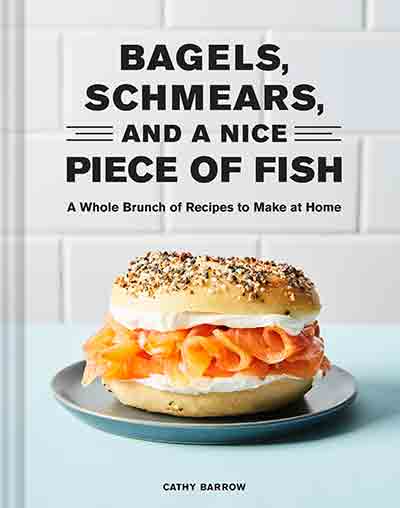
Explore More with AI
Nutrition
Nutrition information is automatically calculated, so should only be used as an approximation.
Recipe Testers’ Reviews
One of my favorite bagels, and yes, the house smelled divine. All I was missing was some of the NYC water that makes the best chewy bagels.
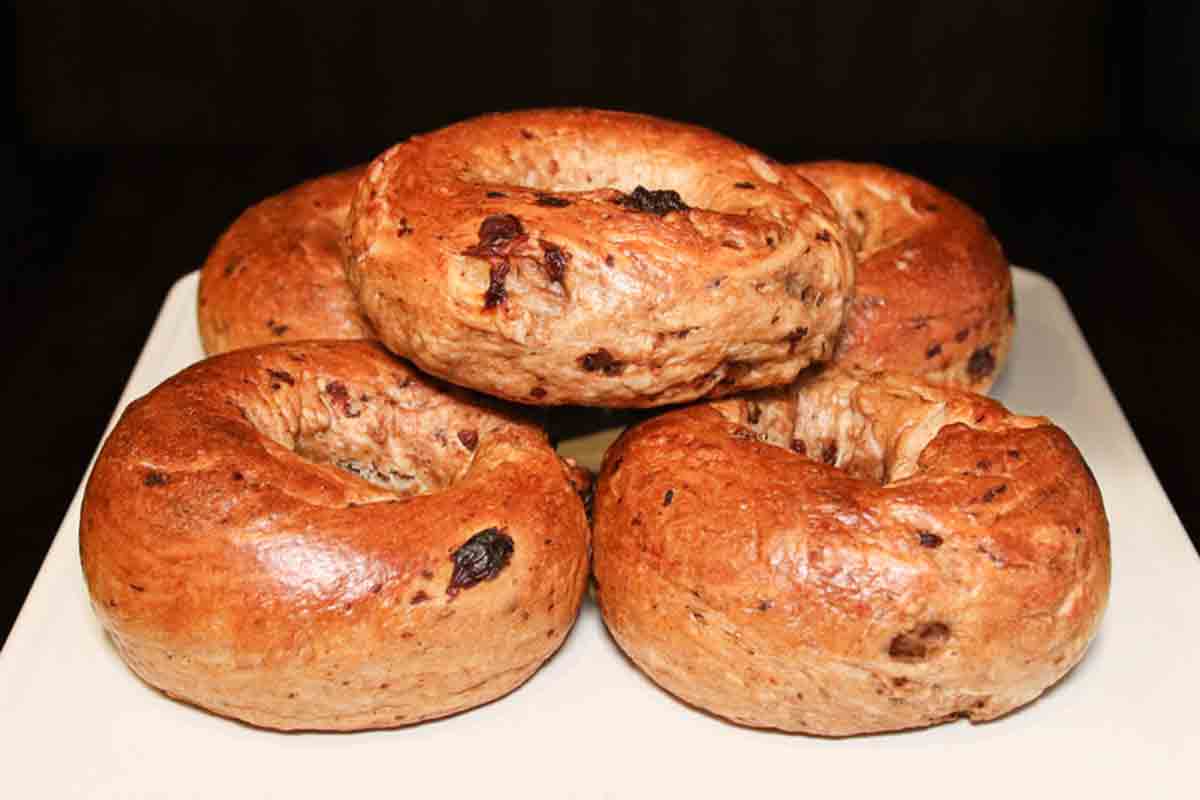
I’ll be making them again for a special brunch, and it’s even better that the process begins the day before. Stay close to the mixer as the dough is stiff, and use a fabric placemat under the mixer as a buffer for the counter. It was a long wait for them to cool enough to take that perfect first bite.
Bagels are one of the things I enjoy making regularly. I was intrigued by this cinnamon bagel recipe because some techniques were different than what I usually do.

The first change was using cornmeal on the parchment. Turns out this little tip makes quite a difference in getting the bagels off the paper easily.
The second unique feature was not putting anything like barley malt syrup or honey in the boiling water. I was pretty skeptical that there would be any browning, but I dutifully followed the instructions. To my surprise, the bagels rose better and had a darker crust than my usual recipes.
With a schmear of cream cheese, they make a great breakfast. I’m definitely sold on these bagels and will be making more of them in the future.
This is a perfect cinnamon raisin bagel! Sweet and flavourful, with a soft crumb but crisp exterior. Don’t be intimidated by the long list of steps–it is actually an incredibly easy recipe, especially if you have a stand mixer.
This is one of the easiest, unfussiest bread recipes I’ve made, and the results were truly delicious! I’d recommend this recipe even to those who may be new to bread baking. You’ll be thrilled with the results – you can’t beat a fresh bagel out of the oven!
We love bagels and yet don’t often choose cinnamon raisin bagels, tending to get more savory ones. She who must be obeyed advised that the recipe had too much cinnamon, while I felt it could use a bit more. We both thought the raisin amount could easily be doubled.
Definitely, a recipe one can play around with to make it personal. We used the barley malt, along with the sugar, provided that nice burned, brown crust, but keep an eye on them as at 12 minutes, we noticed ours were almost burning and rescued them just in time. We used a baking steel rather than a pizza stone, so it must run hotter.
We let them rest overnight and enjoyed them for breakfast in the morning.
Reading through the recipe, I wasn’t sure how these cinnamon raisin bagels would turn out–no preferment, a single rise, boiling at a hard boil in just water (no added barley malt or honey).
When making these, I found the dough very stiff, and the bagels themselves showed no rise after eight hours of cold proofing, so I let them go overnight for a total of about twenty hours.
Given the stiffness of the dough, I needed to be careful with my mixer (a Kitchenaid 600 Pro). As Kitchenaid recommends, I did not exceed speed 2, and, at times, the mixer seemed to strain, so I lowered the speed to one and stopped as soon as the dough cleaned the sides of the mixer.
So, how did the bagels come out, you ask? They were delicious–cinnamon-y with just the right amount of raisins. They had the dense, chewy consistency you want in a bagel and, toasted, accompanied by a little butter, got the day started off right.
I’ve never made bagels before, yet I eat probably two or three a week. I’ve shied away from bagel making because I didn’t want to work with lye, which is frequently used in a water bath to speed up the Maillard (browning) reaction.
This recipe foregoes lye and uses a hot oven to achieve a shiny, almost shellac-like finish with a crispy, crunchy exterior and a tender and chewy center.
This recipe deserves a Testers’ Choice designation based solely on my achieving the classic bagel texture without lye. Just as important, however, is the perfect cinnamon raisin flavor that is just sweet enough with big plump raisins. I loved eating them!
The cinnamon raisin bagel recipe does require some effort and a lot of stand-mixer time. In the future, I’ll double it since the yield is only six bagels. Making a dozen would require only a little extra time and effort.
I saw no rise in the dough after mixing and resting in the refrigerator. The dough did puff up when baking. The final product was good, and the texture of the bagels was tender and soft on the inside.
I liked these bagels quite a bit and thought they had a nice malty cinnamon flavor. If I made them again, I’d strive to make them chewier and less “bready.”
I may need to use a higher protein flour. I’ve also read that the cooking water should be right below a roaring boil, so I am wondering if that could have contributed to the texture of my bagels.
The directions for shaping the bagels were very helpful.
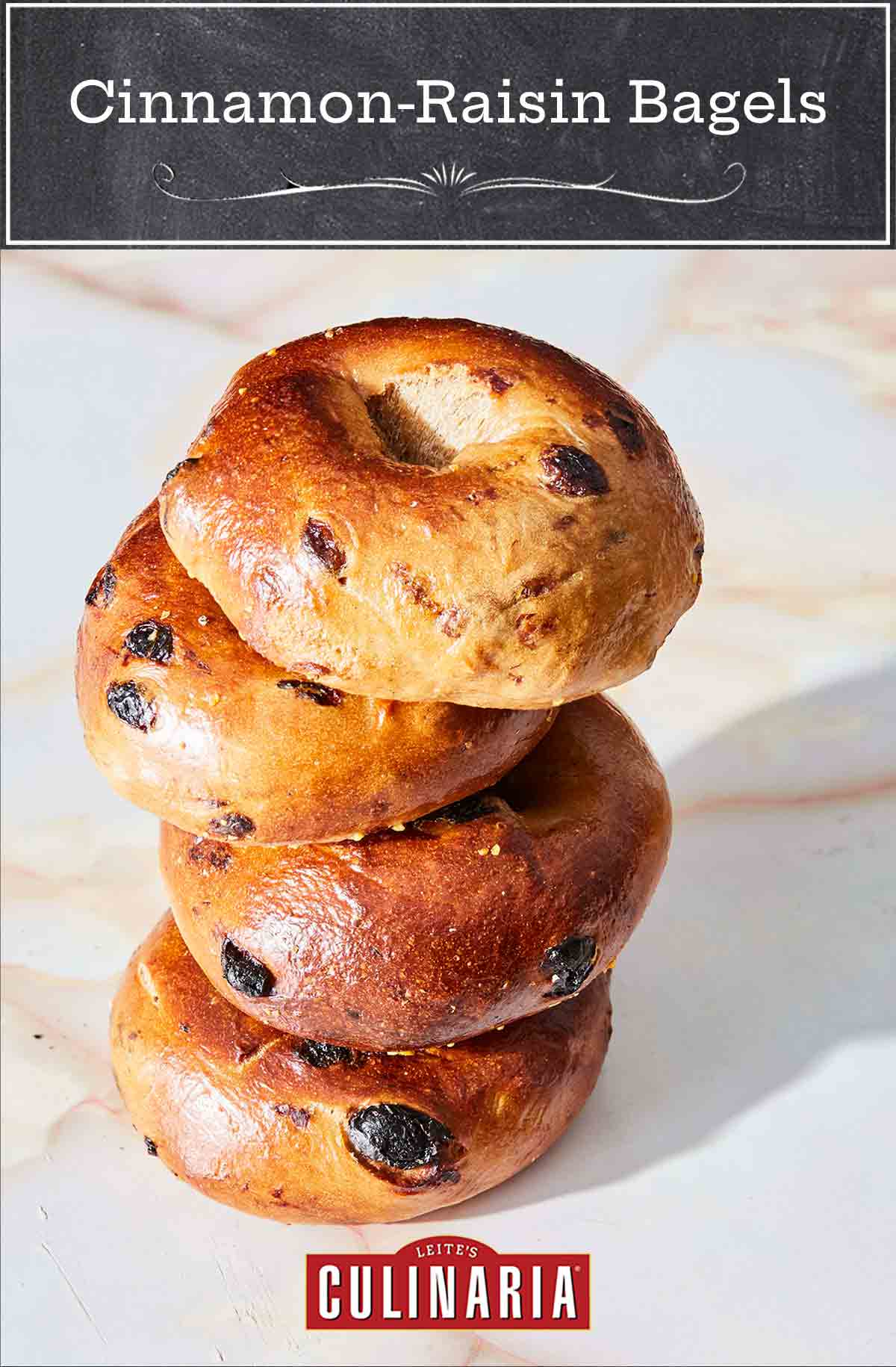
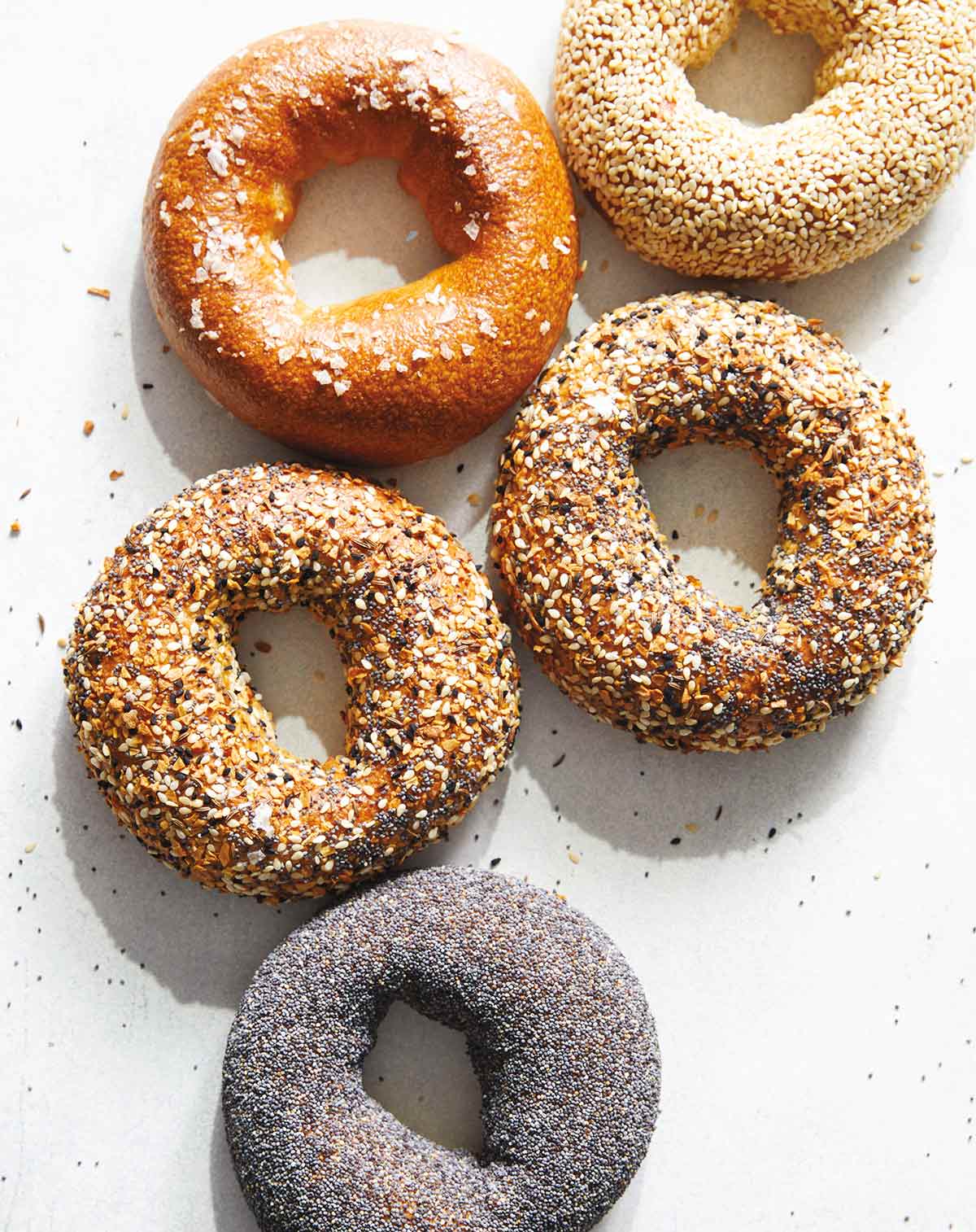
















Not a review but rather a comment: I just have been looking at your bagel recipes. I love it that you aren’t featuring the puffy cake like bagels, but rather updating the traditional bagels which have real chew to them. HOWEVER, why don’t you include ingredients by weights? I know that many people don’t have kitchen scales, but more and more do and using weights is so much easier, and quicker and, most important, more reliable that I no longer even bother trying baking recipes that don’t include them.
Thanks for your comment, Phyllis. We agree that it’s important to use weights, especially when baking, which is why we do include weights with all of our recipes. Simply click on the US/Metric toggle switch located at the top of the ingredients list and the ingredient weights will display.